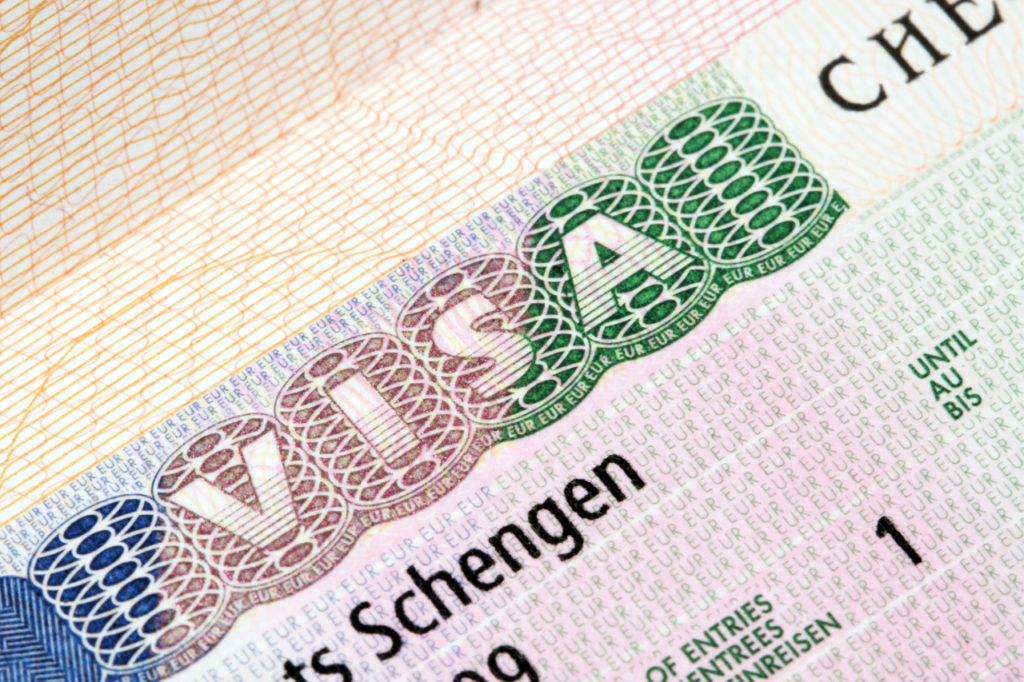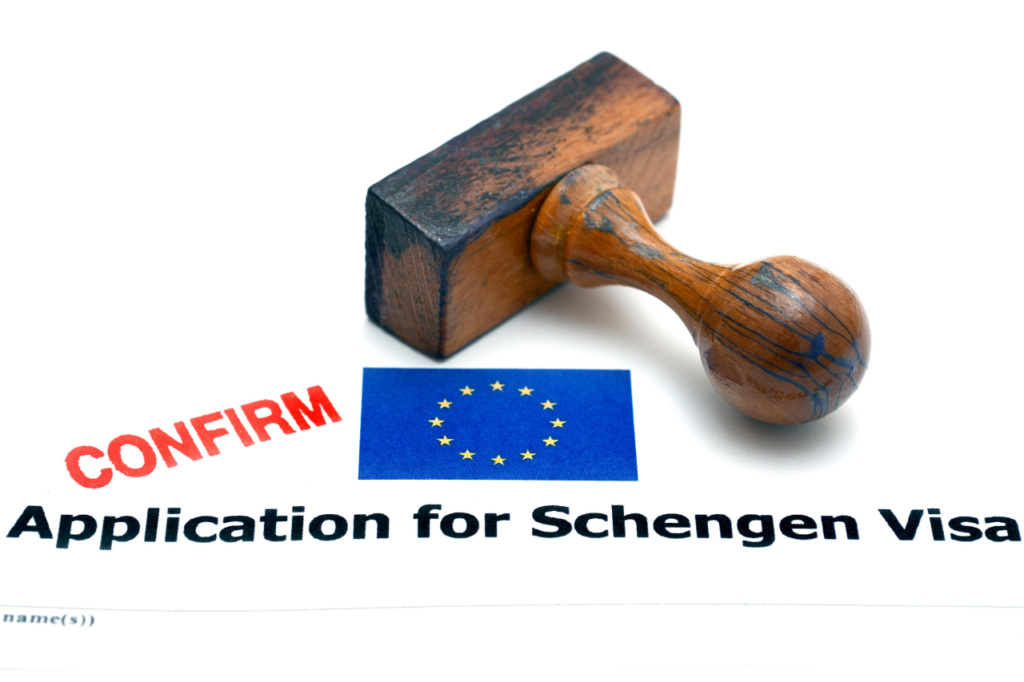The Schengen Area acts as a symbol of freedom and unity, allowing citizens of its 27 member countries to travel without internal border checks but this amazing privilege comes with the responsibility of making sure there is security and safety within its borders. The Security System of the Schengen Area plays a very important role in maintaining the balance between unrestricted movement and strong security measures.
A Brief Overview
It has 27 European nations, and this embodies the vision of a borderless Europe. Citizens of these nations can travel within the Member States without going through traditional border controls, proving the need for a united continent and the creation of the Schengen visa allows non-citizens to experience the Schengen countries seamlessly, as long as they follow the 90/180-day rule.
The Security System: An Imperative Balance
The advent of a borderless Europe brings with it different problems, especially in terms of security. To fix these issues, a comprehensive Security System has been put in place, to make sure of the safety of both residents and visitors alike. This system goes through several key components that work together harmoniously to achieve its objectives.
eu-LISA: Overseeing Security
The European Union Agency for the Operational Management of Large-Scale IT Systems in the Area of Freedom, Security, and Justice undertakes the important task of managing the security framework of the Schengen Area. eu-LISA’s responsibilities go beyond managing IT systems, it oversees information security, data protection, and the implementation of cutting-edge security measures.
Schengen Information System (SIS): Vigilance through Alerts
The Schengen Information System, known as SIS, serves as an IT security network made to give alerts related to individuals or objects within the Schengen Area and these alerts cover a lot of things from locating missing persons and lost documents to identifying potential suspects in criminal activities. Access to SIS is limited to authorized countries, making sure of the integrity of the system. Law enforcement agencies rely on SIS to apprehend individuals attempting unauthorized entry and combat various crimes.
Schengen Visa Information System (VIS): Enhancing Visa Control
It is a repository of information concerning Schengen visas issued to foreign citizens. It keeps not only visa application details but also decisions and durations. By centralizing this information, VIS mitigates “visa-shopping” tactics employed by some individuals.
Eurodac: Fingerprinting Asylum Seekers
Complementing SIS and VIS is Eurodac, a system responsible for storing fingerprint data of asylum seekers and individuals crossing borders illegally. Eurodac assists participating countries in choosing the nation responsible for reviewing asylum applications. It also aids Europol in locating individuals when necessary.
A Closer Look at Schengen Security Systems
Understanding the core features of the Schengen Security Systems sheds light on their functionality and significance:
- System
- Data Stored
- Access
- Countries Using It
- Data Retention
SIS
- Alerts, personal information, descriptions, etc.
- Authorized authorities
- 31 European countries
- 3 to 5 years
VIS
- Visa application data, decisions, biometrics
- Authorized authorities
- All Schengen countries
- 5 years
Eurodac
- Fingerprint data, asylum seekers, illegal crossers
- Competent authorities
- 31 European countries
- 18 months to 10 years
Ensuring Safety and Collaboration
The Security Systems of the Schengen Area serve as the linchpin of safety and cooperation. Their collective efforts yield several crucial outcomes:
- Supporting visa issuance and border checks.
- Combating unlawful activities and safeguarding travelers.
- Assisting in asylum applications and enhancing security.
- Fostering collaboration among border control and law enforcement agencies.
- Ensuring efficient and accurate information sharing.
- Promoting a comprehensive and consistent approach to security.
Challenges and Resilience
While the Schengen Agreement has transformed the concept of European travel, it hasn’t been without challenges. The advent of Brexit, for instance, redefined the relationship between the UK and Schengen Security Systems. As the UK transitioned to a third-country status, access to VIS, SIS, and Eurodac was curtailed to ensure data security.
Privacy and Data Protection
A key concern for individuals within the Schengen Area lies in the storage and management of personal data. When applying for a Schengen visa or seeking asylum, applicants provide consent for their data to be stored in the security databases. While these systems offer critical security measures, individuals maintain the right to request changes or deletions of their data if warranted.
The Schengen Area’s Security System stands as proof of Europe’s commitment to both freedom and safety. By harmonizing the principles of unrestricted travel and robust security measures, the Schengen Agreement has created a model for others to emulate. As the Schengen Zone continues to evolve, its security mechanisms will adapt to new challenges, fostering a Europe that thrives on unity and security.
How Law and Visas Can Help?
At Law and Visas, our team of expert immigration consultants is here to make your travel under the Schengen Area Security System straightforward and successful. Whether you’re applying for a Schengen Visa or a Schengen National Security Visa, we handle every step—from preparing your application to gathering the required documents.
Our immigration lawyer consultants and Lawyers ensure that your application meets the highest standards, with no details missed. We’ll also keep you informed throughout the process and coordinate with the immigration office or embassy on your behalf.
Law and Visas has a strong record of helping clients secure the visas/permits they need under the Schengen Area Security System. Call us today at +234 812 5505 986 to learn how we can assist you.





